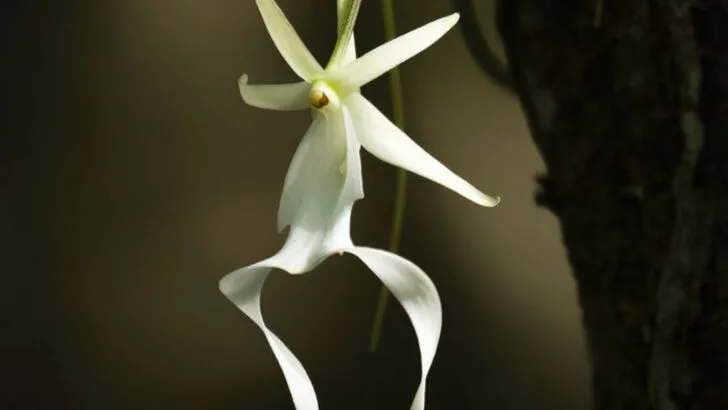Plants are full of surprises—and some of their secrets are downright unbelievable. At Plantisima, we love celebrating the strange, surprising, and sometimes mind-blowing side of the plant world. From plants that move, to species that “talk,” to flowers that smell like chocolate (yes, really)—nature is wilder than fiction.
In this article, we’ve gathered 20 of the weirdest, most fascinating plant facts that sound completely made up—but are backed by science. Whether you’re a seasoned plant parent or just starting your green journey, these facts will change the way you look at your leafy roommates.
To all our curious Plantisima readers who love plants and trivia—this one’s for you. Get ready to impress your friends, upgrade your next “Did you know?” moment, and fall in love with nature’s quirks all over again.
The Titanic Corpse Flower
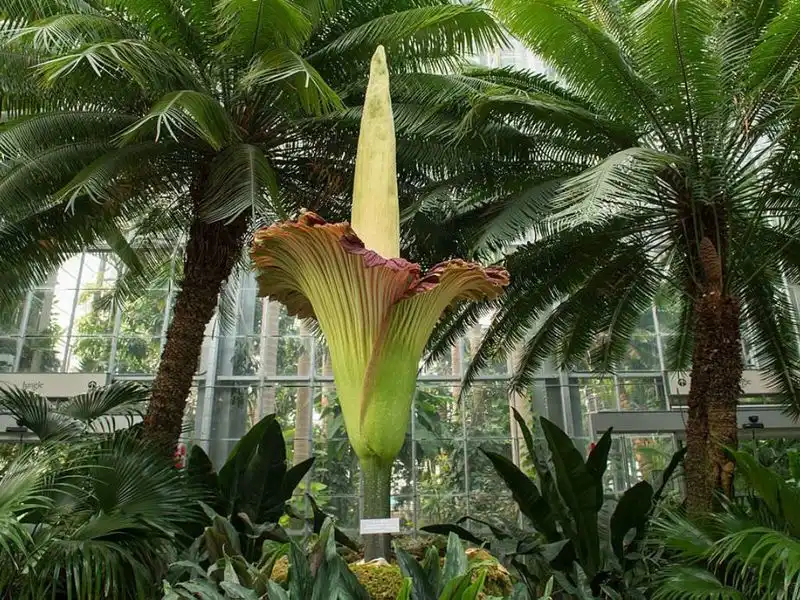
Imagine a flower so large and odorous that it draws crowds from miles around. The Titan Arum, or “corpse flower,” is famous for its overpowering stench, mimicking the smell of rotting flesh. This gigantic bloom can grow over ten feet tall and attracts insects for pollination by tricking them into thinking it’s decaying meat. Native to the rainforests of Sumatra, it blooms infrequently and unpredictably, adding to its allure. Its rare and fleeting appearance makes each flowering event a sensation among botanists and curious onlookers alike.
Venus Flytrap’s Snap Judgement
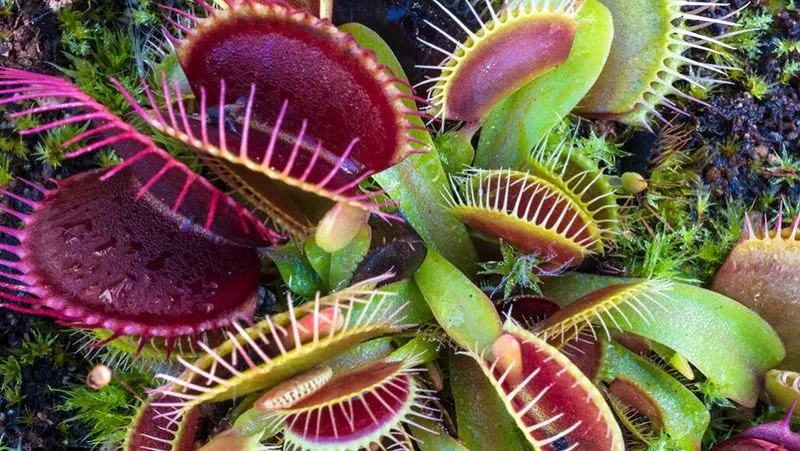
The Venus Flytrap is known for its lightning-quick reflexes, snapping shut on prey in a fraction of a second. Found in the subtropical wetlands of the East Coast of the United States, it uses tiny trigger hairs to sense the presence of an insect. Once touched, the trap closes, securing the insect inside. What follows is a process of digestion that extracts nutrients from the prey. This carnivorous plant’s ability to catch and consume insects is a brilliant adaptation to nutrient-poor soil environments.
Dancing Plant’s Rhythmic Movements
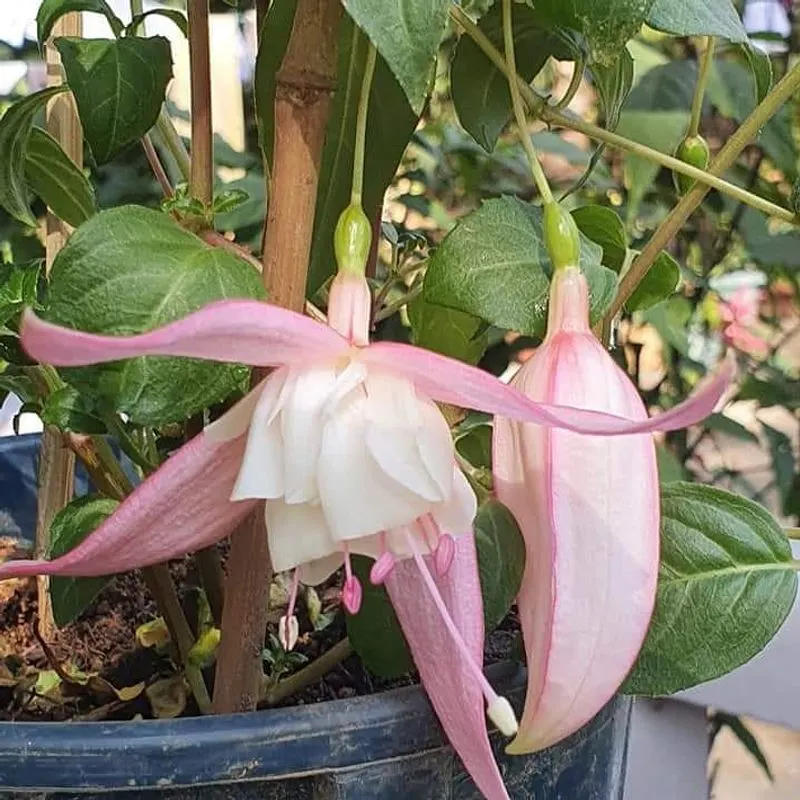
Who knew plants could dance? The Telegraph Plant, or Desmodium gyrans, performs subtle yet fascinating leaf movements in response to sunlight and vibrations. This unusual behavior is thought to maximize photosynthesis and deter herbivores. Found in Asia, its leaves move in a rhythmic pattern, akin to a slow-motion dance. The plant has intrigued scientists for centuries and continues to be a living example of the complex behaviors in the plant kingdom. Its choreographed leaf movements make it a captivating subject for plant enthusiasts.
Sensitive Plant’s Shy Retreat
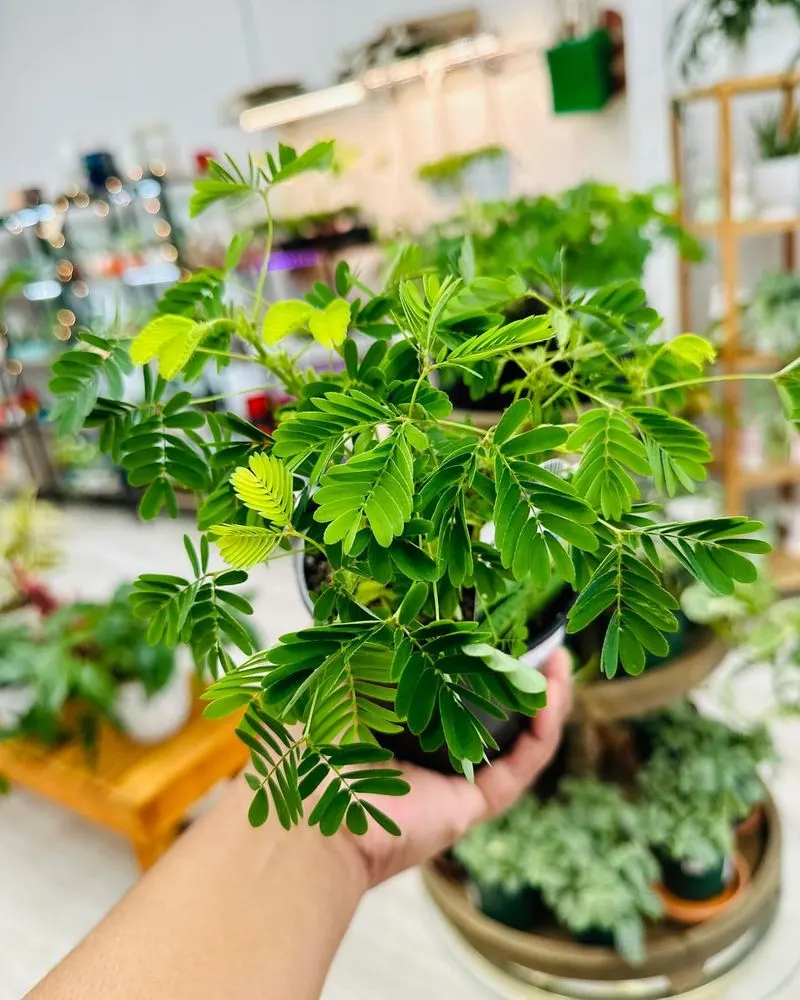
The Sensitive Plant, or Mimosa pudica, acts like a bashful creature, folding its leaves at the slightest touch. This rapid response is believed to be a defense mechanism against herbivores, startling them or making the plant seem less appetizing. Originating from South and Central America, this plant shows just how reactive flora can be. The quick folding action is not only a spectacle but also a testament to the plant’s sensitivity to its surroundings, highlighting its unique survival strategy.
Water Hyacinth’s Explosive Growth
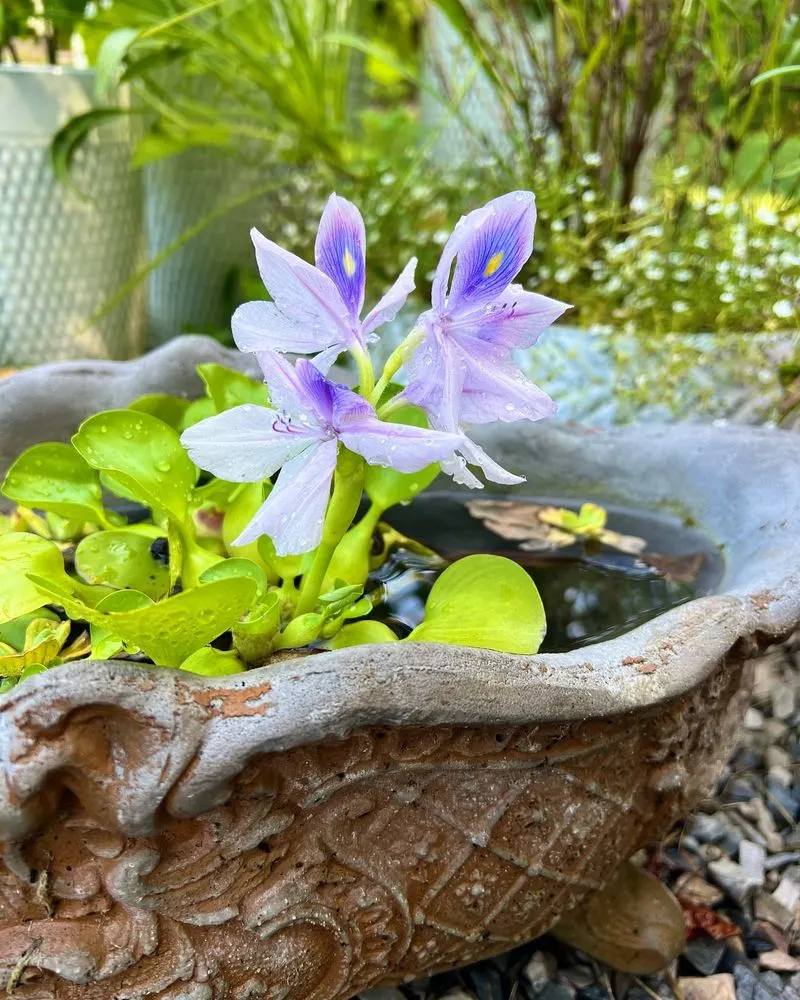
Invasive yet beautiful, the Water Hyacinth is notorious for its rapid and widespread growth across water bodies. Originating from the Amazon Basin, it can double in size in just two weeks, forming thick mats that suffocate aquatic life below. Its lavender flowers are deceptively pretty, masking the environmental challenges it creates. Despite its invasive nature, the plant has been utilized for wastewater treatment due to its ability to absorb pollutants. This dual nature makes it both a problem and a solution depending on its context.
Strangler Fig’s Deadly Embrace
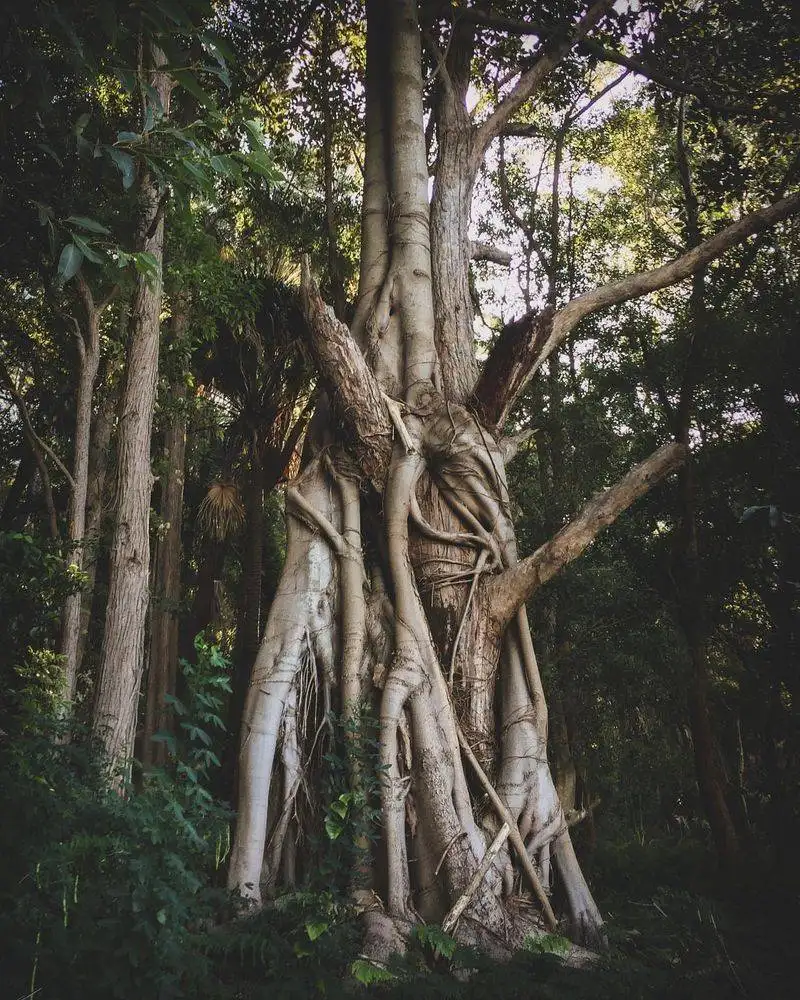
Strangler Figs are nature’s ultimate survivalists, starting life as an epiphyte on a host tree. Over time, they envelop the host in a lattice of roots, eventually taking over entirely. This process can be so complete that the original tree dies, leaving a hollow fig tree in its place. Native to tropical regions, they are a fascinating example of aggressive plant behavior. Their ability to thrive by overshadowing and replacing their hosts showcases the competitive nature of plant life.
Living Stone’s Camouflage
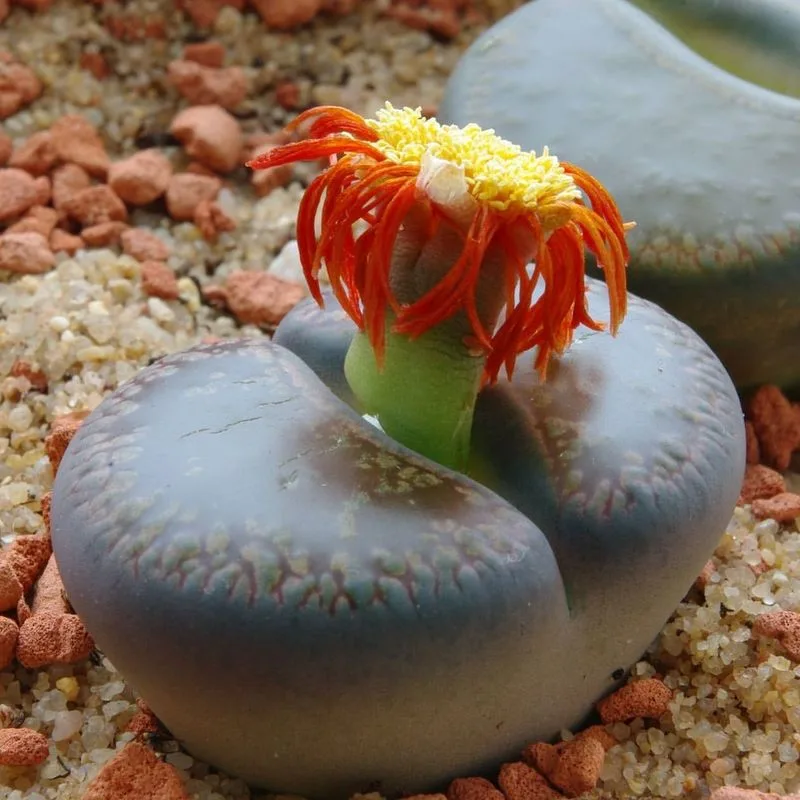
Lithops, known as “Living Stones,” are masterful camouflagers in the arid regions of southern Africa. Resembling small stones or pebbles, these succulents blend seamlessly into their rocky surroundings. This stealthy appearance helps them avoid detection by herbivores. Each leaf pair represents a stone-like structure, and they flower in autumn, adding a splash of color to their mimicry. Their unique adaptation highlights the ingenious ways plants can evolve to protect themselves from predators while thriving in extreme environments.
Ghost Orchid’s Elusive Beauty
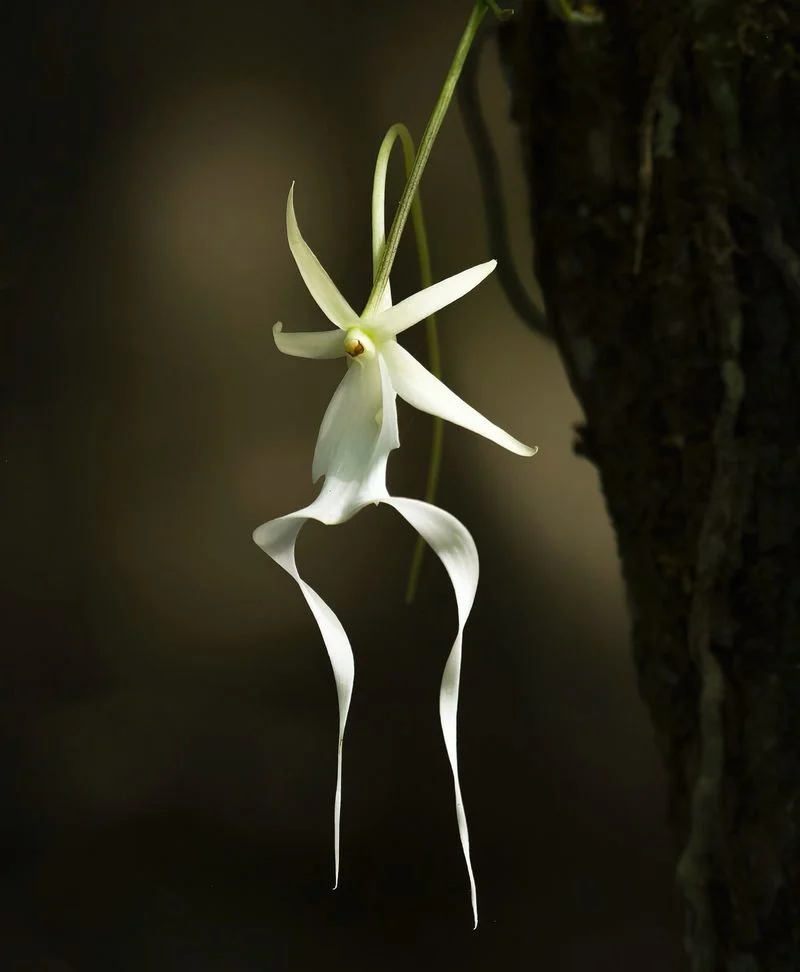
The Ghost Orchid is renowned for its ethereal beauty and extreme rarity. Found in the swamps of Florida and Cuba, it lacks leaves and seems to float in mid-air when in bloom. This illusion is created by its white flowers and thin, hardly visible stem. Its pollination depends on the rare giant sphinx moth, making its reproduction a precarious affair. The rarity and mystique surrounding this orchid make it a sought-after prize for botanists and nature lovers.
Welwitschia’s Timeless Resilience
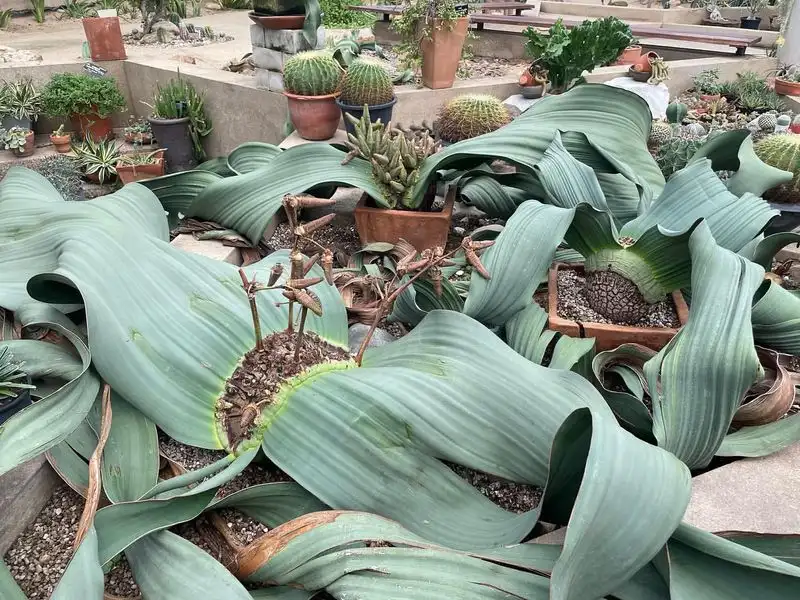
Welwitschia mirabilis is a botanical marvel found in the harsh Namib Desert. Known for its bizarre appearance, it has only two leaves that grow continuously throughout its life, which can span over a thousand years. This enduring plant survives on minimal water, mostly from fog, showcasing its incredible adaptation to arid conditions. Its resilience and unique morphology have captivated scientists and desert travelers alike, making it an iconic symbol of survival in one of the world’s most unforgiving environments.
Cactus’ Water Storage Mastery
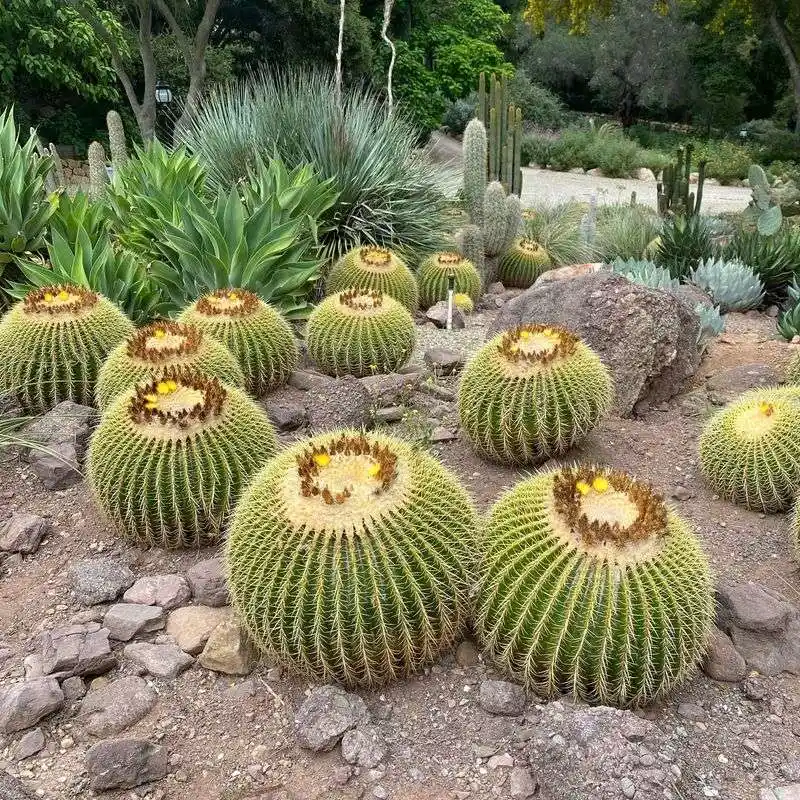
Cacti are the ultimate water conservationists, adapted to survive in some of the driest places on Earth. The Saguaro cactus, for instance, can store up to 200 gallons of water in its expandable trunk. Found in the arid regions of the Southwestern United States, its ribbed structure allows it to expand and contract with water availability. This remarkable adaptation allows the cactus to endure long periods without rain, thriving in an environment where most plants would perish.
Carnivorous Pitcher Plant’s Lure
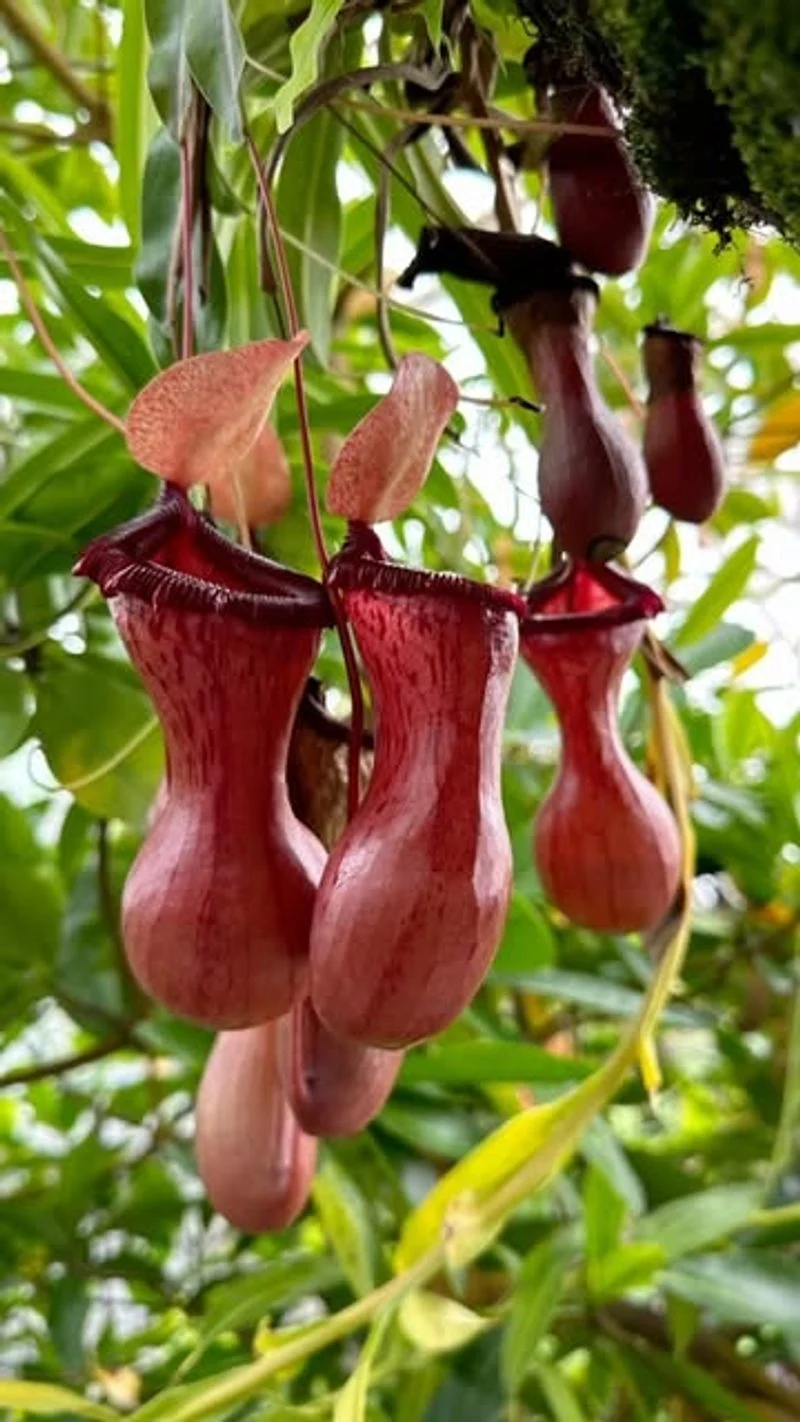
Pitcher Plants have evolved to become efficient insect catchers, using their modified leaves as pitfall traps filled with digestive fluids. Found in nutrient-poor environments, these plants lure insects with nectar and bright colors. Once an insect falls into the slippery pit, it cannot escape and is digested to supplement the plant’s nutritional needs. This fascinating adaptation reflects the plant’s innovative response to challenging soil conditions, allowing it to thrive where others might struggle.
The Miracle Tree’s Bounty
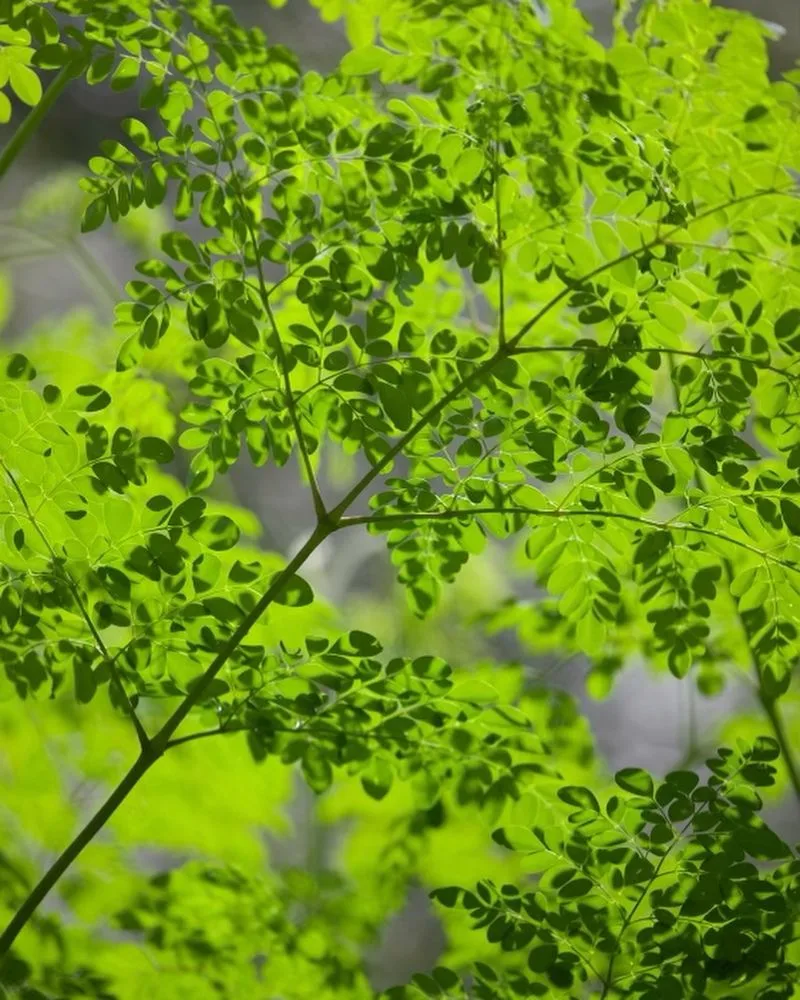
Often called the “Miracle Tree,” Moringa is packed with nutrients and medicinal properties. Native to parts of Africa and Asia, its leaves, pods, and seeds serve various nutritional and therapeutic purposes. Rich in vitamins, minerals, and amino acids, it’s a vital food source in many developing countries. Its fast growth and drought resistance add to its reputation as a life-sustaining plant. With its numerous uses, Moringa showcases the profound impact a single plant species can have on human well-being.
Resurrection Plant’s Revival
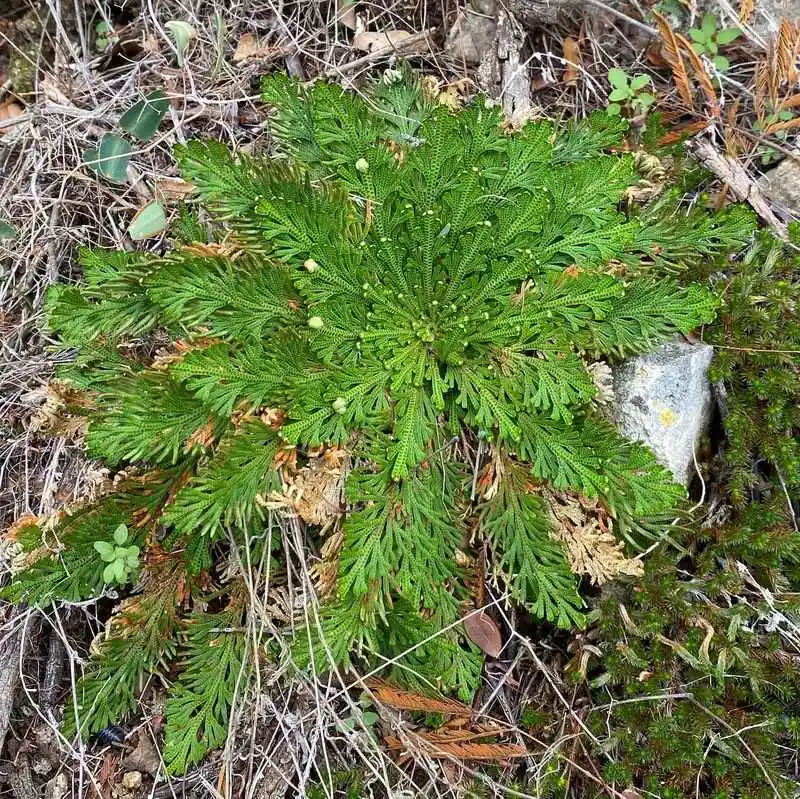
The Resurrection Plant, or Selaginella lepidophylla, defies death by reviving from a desiccated state. Found in arid regions, it curls up into a dry ball during droughts, only to unfurl and turn green when rehydrated. This process can occur within hours, highlighting its dramatic resilience. This survival mechanism allows the plant to withstand extreme conditions, earning it the reputation of being nearly indestructible. Its ability to “come back to life” makes it an intriguing subject of study in the plant world.
Bamboo’s Rapid Ascent
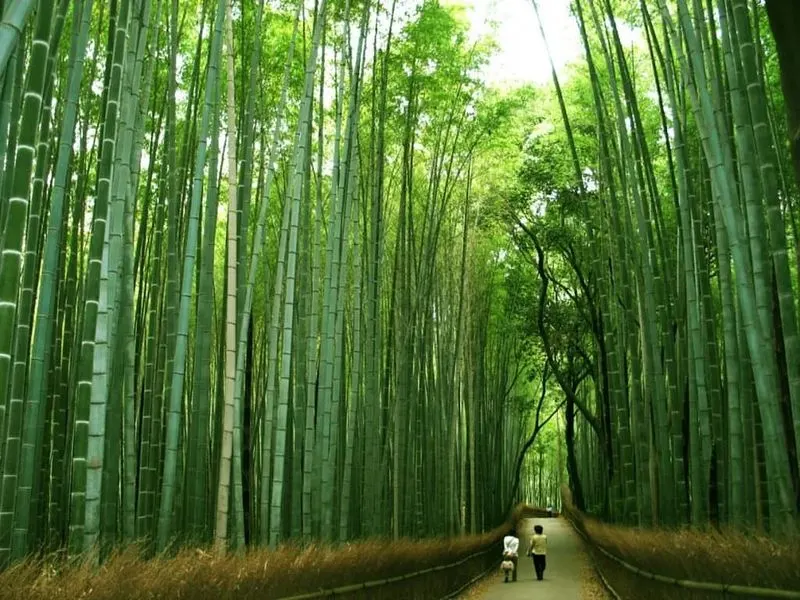
Bamboo holds the title for the fastest-growing plant, capable of shooting up to 35 inches in a single day. This rapid growth is supported by its efficient nutrient and water transport systems. Found across Asia, bamboo plays a crucial role in local ecosystems and economies. Its versatile uses range from construction to cuisine, showcasing its importance to both nature and human life. The plant’s remarkable growth rate and utility underscore its status as a wonder of the botanical world.
Dragon’s Blood Tree’s Scarlet Sap
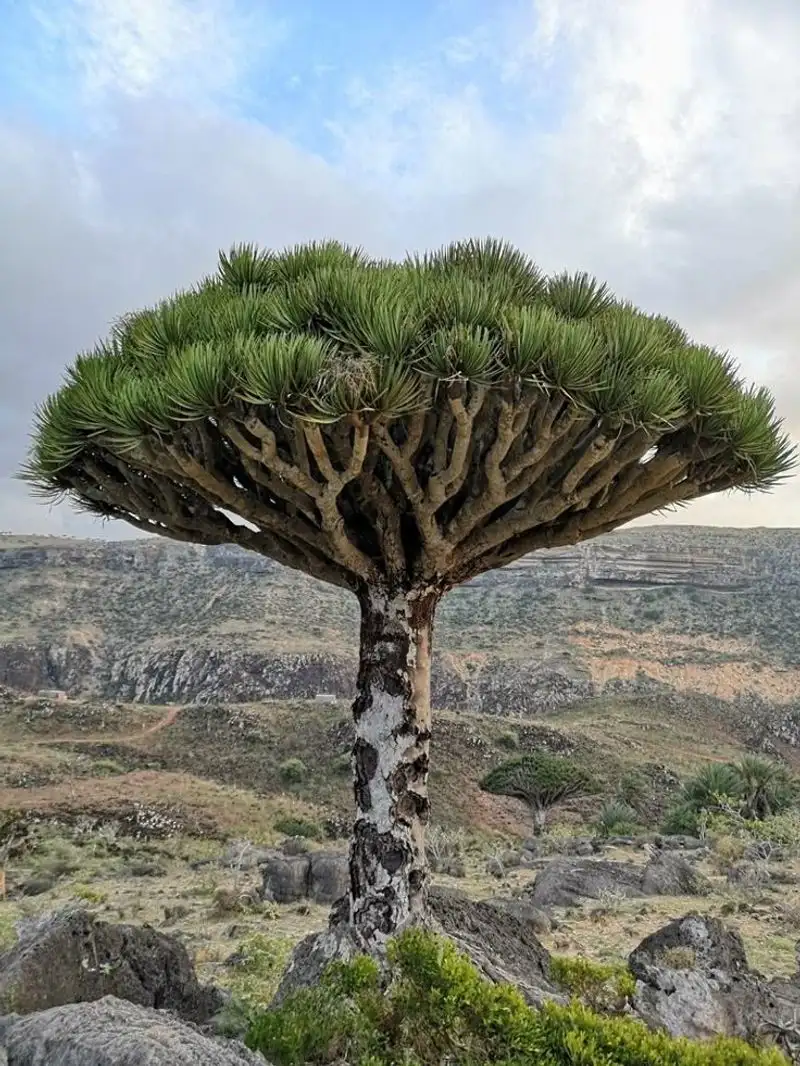
The Dragon’s Blood Tree, native to Socotra, is famous for its striking shape and crimson sap. This unusual resin has been used in medicine, dye, and incense for centuries. The tree’s umbrella-like canopy allows it to capture moisture from the air, a critical adaptation in its arid habitat. Its distinctive appearance and ancient uses have made it a subject of myth and fascination. The tree’s ability to thrive in harsh conditions exemplifies nature’s ingenuity in adapting to diverse environments.
Baobab’s Life-Sustaining Trunk
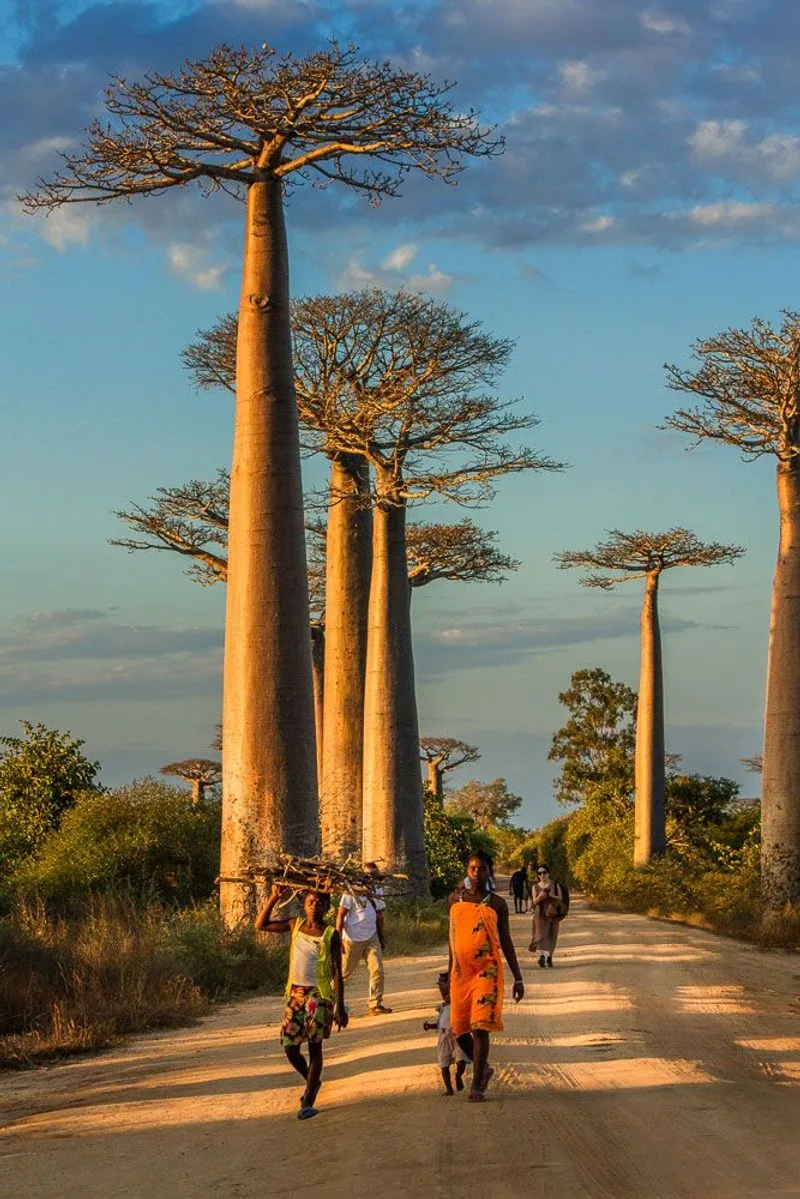
The Baobab, often called the “Tree of Life,” is renowned for its enormous trunk, capable of storing thousands of liters of water. This adaptation is vital for survival through the dry season in its native African landscape. The tree provides food, shelter, and water for both humans and wildlife, playing a crucial role in its ecosystem. Its iconic silhouette and life-sustaining properties have made it a symbol of resilience and adaptability in some of the world’s harshest climates.
Rafflesia’s Giant Bloom
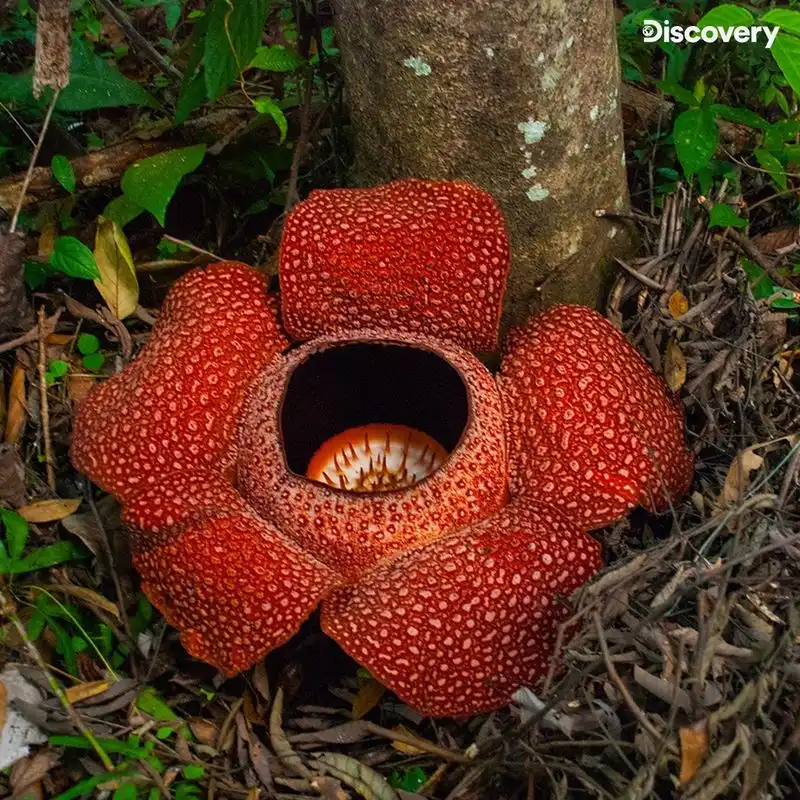
Rafflesia arnoldii, known for producing the largest individual flower on Earth, can reach over three feet in diameter. Found in the rainforests of Southeast Asia, this parasitic plant has no leaves, stems, or roots. It relies entirely on its host vine for nutrients. The flower emits a strong odor of decaying flesh to attract pollinators, similar to the Titan Arum. Rafflesia’s impressive bloom and unusual lifestyle make it a botanical curiosity and a marvel of adaptation.

